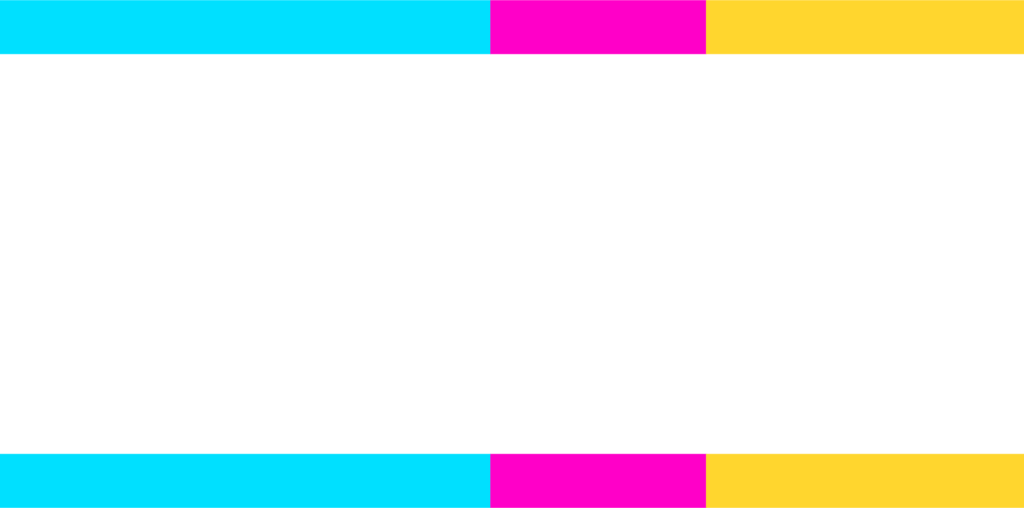Audrey Dutton reports the state now has to decide whether to expand the program.
The Supreme Court’s ruling that gives the states discretion to do so may directly affect the lives of about 300,000 Idahoans. That’s how many lacked health insurance and weren’t old enough for Medicare as of 2010.
If the state decides to expand Medicaid and take federal cash to do it, many of those Idahoans — estimates vary, but 80,000 is in the ballpark — would qualify in 2014.
Today, another 238,000 people get health care through Idaho Medicaid, the program for qualifying low-income residents.
The majority of Idahoans have health insurance of one kind of another. Those who don’t — and those who now buy their own insurance — could qualify for federal tax credits to buy private insurance. And many Idahoans qualify, because the median income in Idaho is relatively low.
But will Idaho take the steps to get everyone insured?
Idaho’s independent, bootstrapping philosophy may guide state lawmakers this year as they decide whether to expand Medicaid or to build a state-run marketplace for people to buy health insurance with those tax credits.
A MEDICAID GAP?
The Supreme Court ruled that states have the right to say no to expanding their Medicaid programs. If Idaho declines the expansion, the state won’t get federal cash for 100 percent — later that drops to 90 percent — of the cost of paying for those newly eligible Medicaid patients.
But, as the court ruled Thursday, Idaho also wouldn’t have to give up federal money that pays for about two-thirds of the existing costs if it decides against expansion.
So what happens to Idaho’s poorest if they can’t get Medicaid — but are still legally required to have health insurance?
The law carves out an exemption for people who are too poor to buy private health insurance: They aren’t penalized for not having insurance.
But there’s no guarantee they can get coverage.
As the court’s dissenters noted Thursday, if Idaho and the other 25 states that sued do decline the Medicaid offer, “there would be a gaping hole” in coverage because “without Medicaid, these individuals will not have coverage.”
THE FUND OF LAST RESULT?
Idaho’s indigency fund might end up covering them, though.
The indigency fund is a joint operation between Idaho and its counties to pay medical bills for the poor and uninsured.
The counties pay for about 4,000 people a year — mostly single, childless men age 25 to 60 who end up with medical bills they can’t pay. The counties and the state spent about $78 million last year, said House Minority Leader John Rusche, a physician.
“As long as there is no alternative coverage and they qualify … they would still be paid for by the indigent program,” said Roger Christensen, board chairman for the program. “If more people are covered (by Medicaid), they’re going to have less need for the indigent program.”
ARE WE READY FOR A 2014 MEDICAID WAVE?
Health care providers around the state said Thursday that Idaho remains one of the hardest places in the country to find a primary care doctor. There just aren’t enough doctors for Idaho’s population. That leaves the take-all-comers clinics and the hospitals picking up the slack.
“The Medicaid expansion is kind of a double-edged sword,” said David Pate, president and CEO of St. Luke’s Health System. “On one hand, there are many people that are indigent who don’t have access to health care, so putting them on Medicaid would be a big advantage” for providing access to care.
But it also would mean a 150 percent increase in the number of Medicaid patients. “And that,” he said, “will put a lot of strain on the system.”
HOW MUCH WILL THIS COST?
The individual mandate survived, meaning that people who can afford insurance but who don’t get it will pay a penalty — or, as the court explained it, a tax to the IRS.
For the average American, the tax for not buying health insurance will be “far less than the price of insurance, and, by statute, it can never be more,” the court’s opinion said.
“In 2016, for example, individuals making $35,000 a year are expected to owe the IRS about $60 for any month in which they do not have health insurance,” the court said. “Someone with an annual income of $100,000 a year would likely owe about $200.”
The cost for the state of Idaho? The extra load on Medicaid has been estimated at about $100 million between 2014 and 2019, or 2.5 percent more than it would have been without the Medicaid expansion.
Read more here: http://www.idahostatesman.com/2012/06/29/2172756/for-idaho-medicaid-is-the-big.html#storylink=cpy


